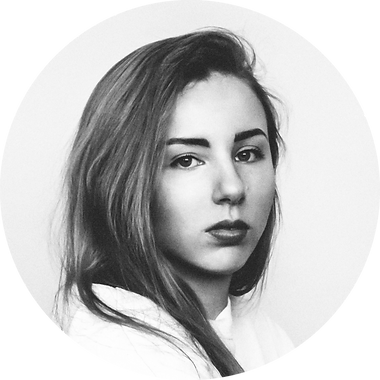Jenn Toby
.png)
Cal●X
Planning one day at a time.
Combining different planning methods and calendars to best plan everything in one day, in one spot.
One day at a time.
The Problem
Our ADHD research participants overwhelmingly reported trouble when planning and keeping tasks for the day organized.
Why?
-
There was a desire to physically write to-do lists, but written lists and reminders often got lost or were not organized well. There was a need to create physical reminders, but also a need to have them accessible digitally.
-
The use of multiple calendars: work calendars, personal, shared partner’s calendars, etc. gets cluttered, hard to organize and keep straight.
The Solution
An app where users can create a comprehensive, simplified agenda with a one-day-at-a-time view.
My Role
Tools
UX Researcher
UX Designer
Figma
Pen & Paper
Methods
Secondary Research, Competitive Analysis, User Interviews, Qualitative Data, Coding Research, Persona Building, Affinity Mapping, Project Planning, Sketching, Wireframe, High Fidelity, Prototyping
User Interviews & Affinity Map
5 Participants
152 Statements
14 themes

Planning and Organization was the largest theme
this affects multiple other problem areas such as relationships, self care, work, school, personal life & responsibilities, mood, etc.


Persona
Our persona, Leslie Porter, was created from the synthesized data from our user interviews. She is 37 years old and just recently got an ADHD diagnosis. She has had trouble with time management, planning, and prioritizing goals for as long as she can remember.
Motivations:
-
Wants to be reliable in her new job
-
Wants more control and structure over her life and day-to-day
-
Wants to work on routine and structure
-
Wants to be a more present, and intentional friend
Goals:
-
Organized schedule
-
Clearing clutter from her mind to clarify priorities
-
Make time (for self care) to practice mindfulness and exercise
-
More actively stay in touch with friends and loved ones
Anxieties:
-
Impostor syndrome
-
Afraid relationships will slip from others doing most of the work
-
Performing poorly in new job
-
Balancing things - improvement in one area means other things will fall

How might we reorganize or restructure schedules and plans in an ADHD friendly way?
Our users reported a need for the tactile act of physically writing to-do lists, but written lists and reminders often got lost // were not organized well. There was a need to create these physical reminders but also a need to have them as accessible digitally.
I drew inspiration from the intentionality behind the bullet journaling method and the separate apps my participants were already using (Keep Notes, checklists/ to do lists, notepads on their phone, post-its, etc.)
I wanted this app to be a checklist and an agenda, and also offers a scrap paper spot for other notes, goals, and planning - but it’s all in one place and simple to use. It was super important to have a feature where users can input hand written plans and have them populate into their agendas.

Guerilla Testing
-
Most of the feedback was about icons - size, consistency, location, etc.
-
Some of my icons were misleading. One in particular was the plus sign after having taken a picture. It was not obvious what it would be adding
-
There also needed to be some option to go back on most screens
-
Search Bar needed more space
Low Fidelity





High Fidelity - 1st Iteration















Usability Testing & Next Steps
-
The home screen needed work. There was a hierarchy issue - especially between the tasks and to-do items.
- To resolve this I made both Tasks and To Do cards that are similar, but different colors, to differentiate between the two and balance the hierarchy between them.
-
There needed to be an option to “Add To Do” from the home screen vs. only being able to make To Do items when creating tasks. To Do items needed to be an independent function.
- I added a card at the bottom of the To Do items to add a new To Do straight from the home screen
The other feedback from testing was similar to guerilla testing - mostly UI (icon size, hierarchy) but it seemed like the flow of tasks was smooth and easy for users to follow.



Round 1 of Testing:
In this iteration I was searching for a way to make the home screen on brand. I was seeking to utilize color in a way that was functional and fun without being too loud visually. Before the second round I decided to go back to a basic color palette to focus more on usability - function and flow.



Round 2 of Testing:
During this round of testing I was really happy with a more minimalist approach on the home screen. It allowed me to have the correct hierarchy and I found that users were much less confused on this iteration.
Next Steps:
For now, this project will be tabled while I work on upcoming projects.
However, if I were to continue iterating I would spend more attention on the UI design and the color palette a bit more. I think I could step outside of the minimal palette I reverted to and get closer to my original branding ideas, more colorful and bright, with plenty of white space to balance. I would also eventually look into adding more features in a distant future iteration. I would like to add functionality for setting and tracking goals and deadlines, and possibly to have goal reminders generated on load screens. Ex. “ 5 days left in June. How’s your progress towards Project X?”